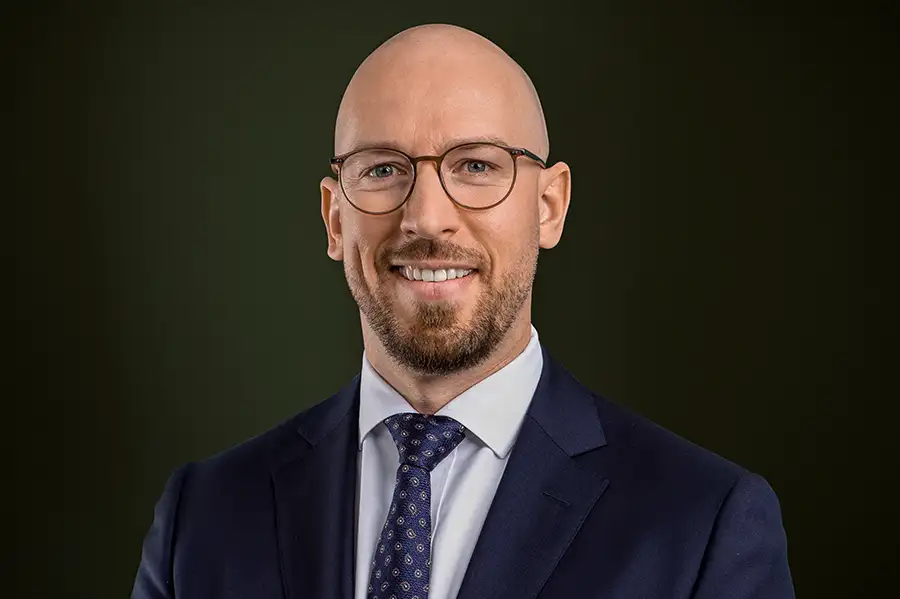Have you ever thought about the possibility of being able to live without a fixed income, and how much money you would need? Of course, it all depends on your standard of living and your investment/withdrawal strategy. But with the right strategy, you may be able to live off your wealth earlier than you think.
In Germany, the number of individuals living off their wealth has risen from 415,000 to 704,000 in the last decade. Almost one percent of all Germans live off their own assets, including dividends, rental income and interest. Their financial situation is so solid that they no longer have to work to live. Instead, their money does all the work for them. Unfortunately, no comparable figures are available for Switzerland. But in spite of the higher cost of living, it is likely that here, even more people than in Germany live off their wealth. Also because the Swiss, with an average wealth of 673,962 (or 146,733 dollars median), have more than twice as much assets as the Germans.
How much wealth do you need to be able to live on it?
In 1998, Philip L. Cooley, Carl M. Hubbard and Daniel Walz from Trinity University in Austin, US, published their study “Sustainable withdrawal rates from your retirement portfolio” . To this day, this is the most highly-regarded study on the impact of withdrawal on wealth. Using real data from stocks and bond yields from 1926 to 1997, Cooley, Hubbard and Walz calculated how much money someone needs to possess to spend annually for 30 years the amount x. The result is the 4 percent formula. If every year you spend 4 percent of your assets, you can make a living without running out of money. Conversely, you can calculate how much wealth you should have in order to be able to live on it: this is 25 times your annual expenditure, i.e.
- 2.5 million francs if you spend 100,000 francs,
- 6.25 million Swiss francs if you spend 250,000 francs or
- 12.5 million francs if you spend 500,000 francs a year.
Regular income and long-term increases in value
Behind the 4 percent formula is the compound interest effect, described by Albert Einstein as the eighth wonder of the world. The condition for the sums to add up, or for any other withdrawal strategy to work, is a reasonable return on your assets. To do this, you should invest according to a long-term and return-oriented strategy. The more than 700,000 German people living off their wealth have their assets invested mainly in real estate, but also in stocks or bonds. In this way, they receive a regular income (rental income, dividends and interest), benefitting, at the same time, from the increase in value on the real estate market and on the stock exchange. The longer the investment horizon, the sooner the sums add up as a result of price gains.
Let the Family Finance Manager do the job
A sustainable withdrawal strategy must rely on comprehensive financial planning. Primarily, it is about analyzing your current spending, budgeting your future spending, and calculating the capital you need. Based on this, an investment strategy is defined, taking into account both your regular monthly or annual withdrawals as well as any one-off withdrawals for larger expenses, such as a two-year world trip. The best thing you can do is talk to an independent financial advisor: as expert in family finance, they will develop the strategy together with you, investing, diversifying and structuring your assets, monitoring the markets, monitoring your portfolio and hedging all the risks. Holistic financial planning goes well beyond asset management. It involves life planning, both for you and your family. Whether you want to hand over your company to your children, optimize your tax burden or settle your estate early. So that you can live off your wealth and enjoy your financial freedom while your assets do all the work for you.
“Knowing that you can live off your private means is liberating. Find out how much money you need to be able to live on wealth.”

